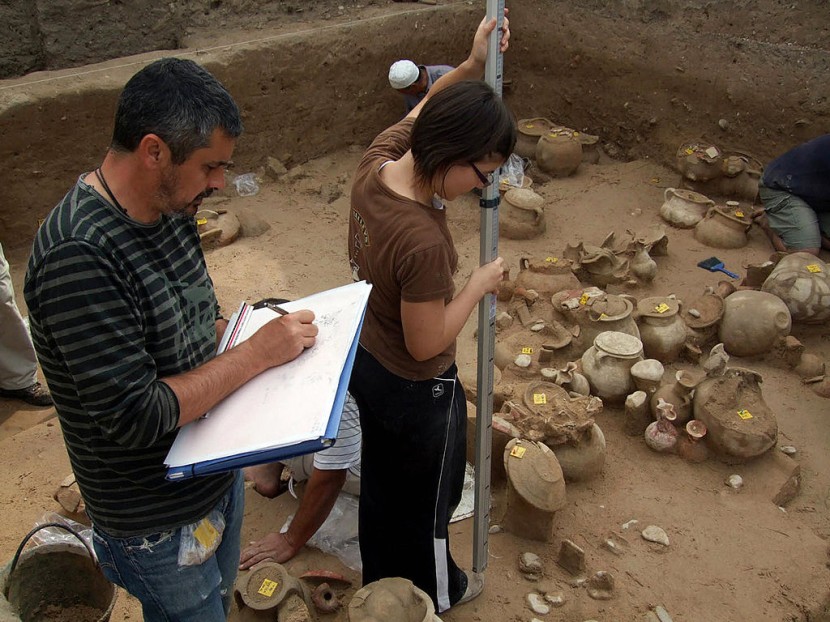
An unknown Roman temple was found in Lebanon by archaeologists located in the ancient city of Tyre on the coast. Temples usually had a deity in mind, but this one has none, which is usual as these ancient buildings have one. For the scientists working on this find, it is a golden chance to delve further into the area's history.
History of unknown Roman temple in Tyre
The place of worship is about five millennia-old (5,000 years old) and found in an acropolis of an ancient Phoenician settlement.
The building is described as a rectangular-shaped temple initially erected during the early Roman era, between 31 BC and 193 AD. Though in the late period of Rome, it was remodeled by artisans and builders in the intervening years of 284 AD and 476 AD, reported the Express UK.
As is the case with such archaic buildings, it would be easy to know who the god worshiped, according to the Spanish, Lebanese and Polish experts who have not figured out who the deity is for this specimen.
Roman temple complex uncovered in Tyre, Lebanon. https://t.co/iclFAAD1jS #RomanMiddleEast #Archaeology #RomanArchaeology #Lebanon #Tyre pic.twitter.com/thwMHAKRgp
— Roman Middle East (@RomanMiddleEast) October 1, 2021
Francisco J. Nunez, a scientist from the University of Warsaw, specializing in archeology, remarks the temple is on the highest part of the ancient island, which gives a clue of how important it is, cited Archeology.
Nunez also represents the Polish Centre of Mediterranean Archaeology, which is one of the institutions that have invested in researching this ancient site. Adding to the knowledge of civilization at this time, an unknown Roman temple found in Lebanon is critical to research.
Read Also: Ancient Greek-Roman Suburb Discovered by Archeologists Reveals Egyptian 'Bride of the Mediterranean'
Further investigation of the ruins determined that the whole complex is hewn from sandstone blocks, placed atop a raised platform made from limestone and sandstone.
He added that dual columns made from Pink Egyptian granite were 26 feet each, they found placed alongside an entrance to the interior of the worship place.
Steps going the entryway had been adorned with fabulous geometric motifs engrave directly in the steps. The same street lies perpendicular to a smaller path, wherein lies another sanctuary.
More details of the Roman temple
The structure might have had two rooms with a courtyard that lay on a north-to-south axis.
They were able to identify a bas-relief that is Egyptian in origin, that showed the goddess Isis nourishing a child Horus.
The researchers also suspect that the 5,000-year-old temple complex has an underground chamber close to the entryway that had been there at one time. Proof points to the structure were replaced in the Byzantine era by a basilica that was wrecked in the sixth century AD by a tsunami, noted Art News.
Nunez said that due to cataclysmic events, rising sea waters and development in the modern period had affected the remains of Tyre. Some architecture has been lost over the centuries or destroys, leaving the remains incomplete or gone.
The start of the excavations of the ancient Tyre was in the sixties, but the civil war in 1975 caused research to disappear. So, the older remains are hard to come by, but the classical and medieval specimens still exist.
An unknown Roman temple found in Lebanon, Tyre, is a few historical specimens from the Bronze and Iron Ages. Much is shrouded in the past, that very few archaeological remains from these periods are also being studied.
Related Article: Researchers Discover Ancient Mass Grave of Decapitated Bodies Believed To Be Gladiators During Roman Occupation in Britain








